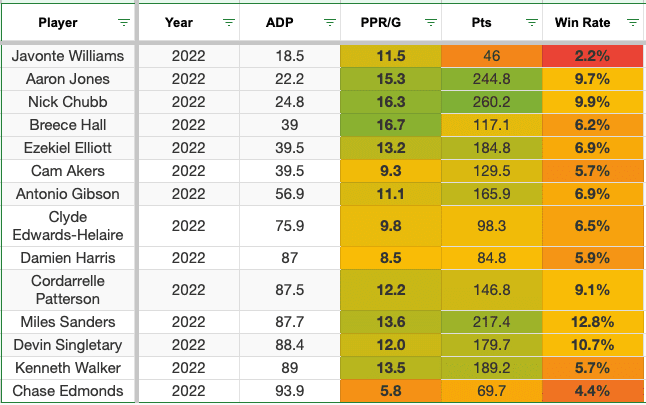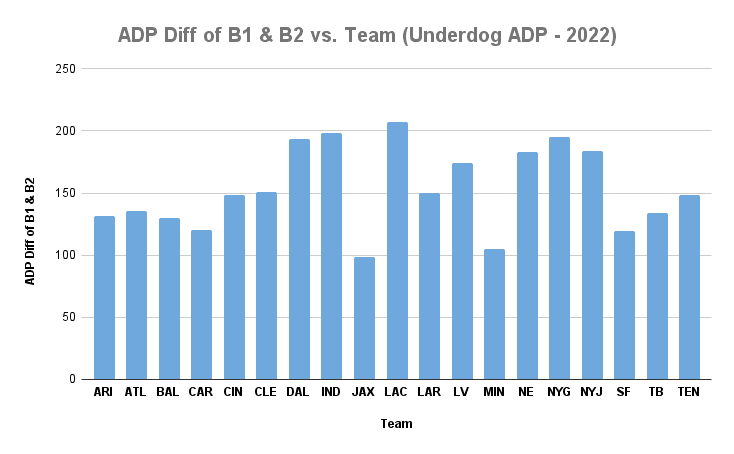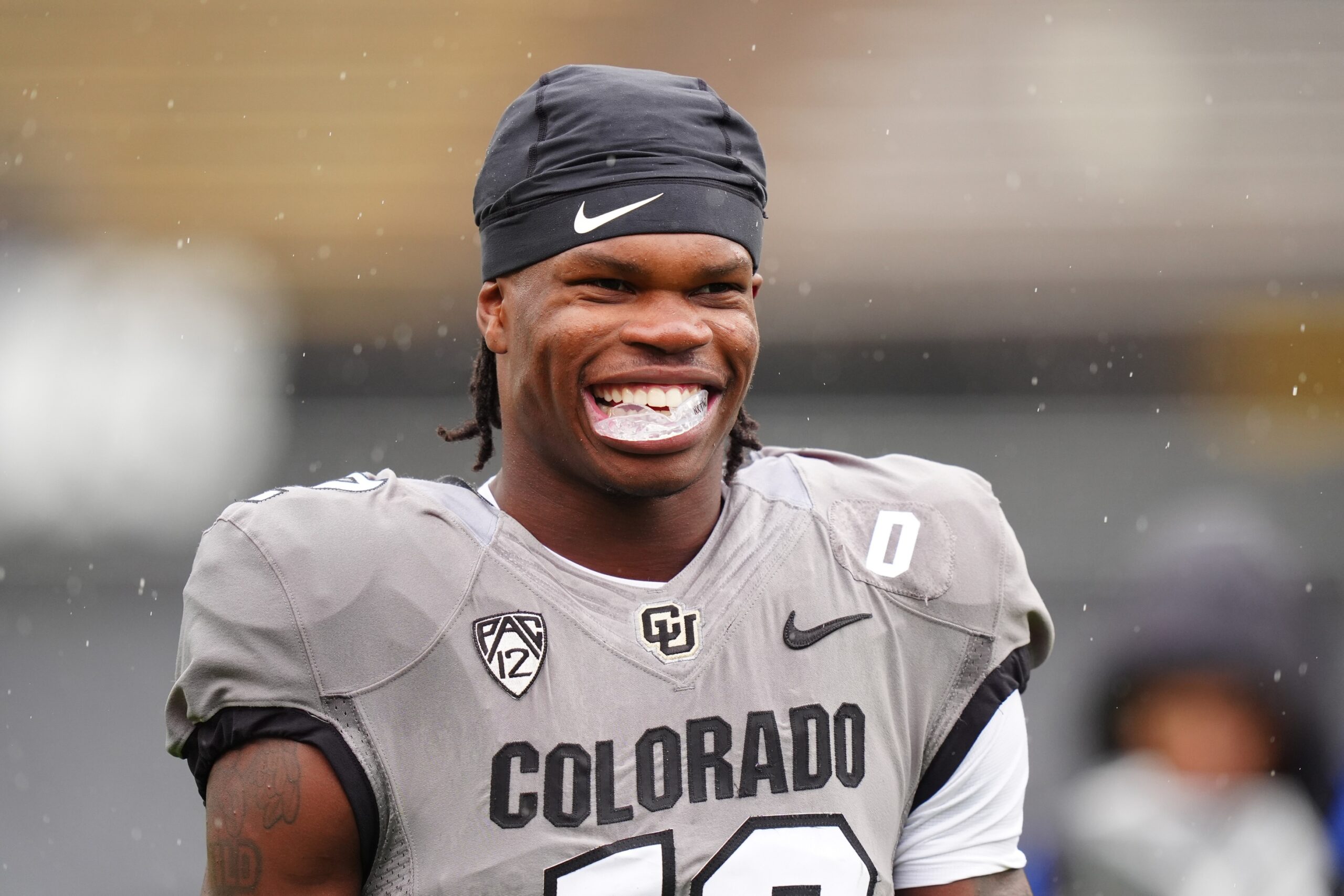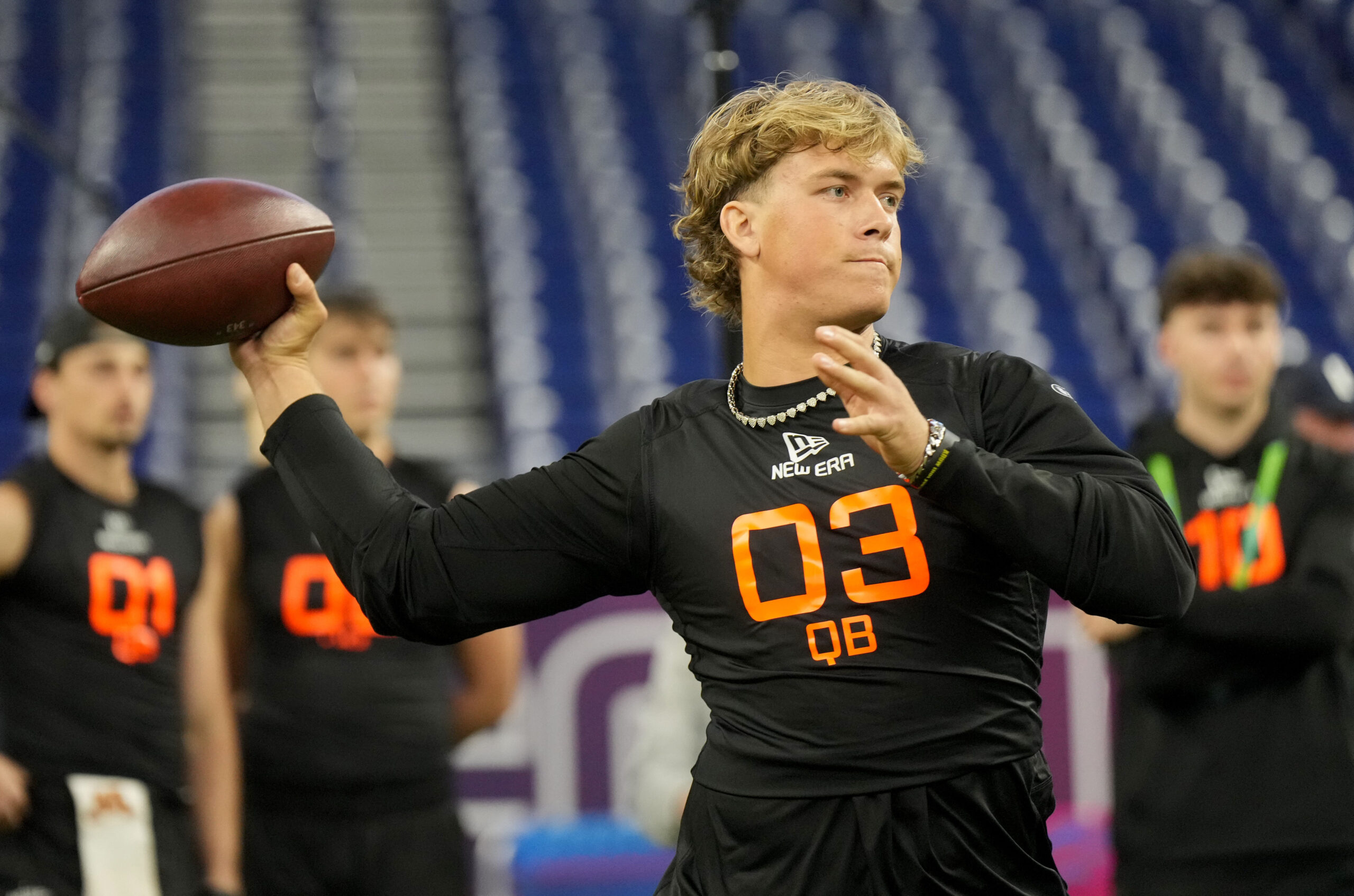Analysis
7/20/23
5 min read
2023 Fantasy Football: Big, Small Gap Running Back Research
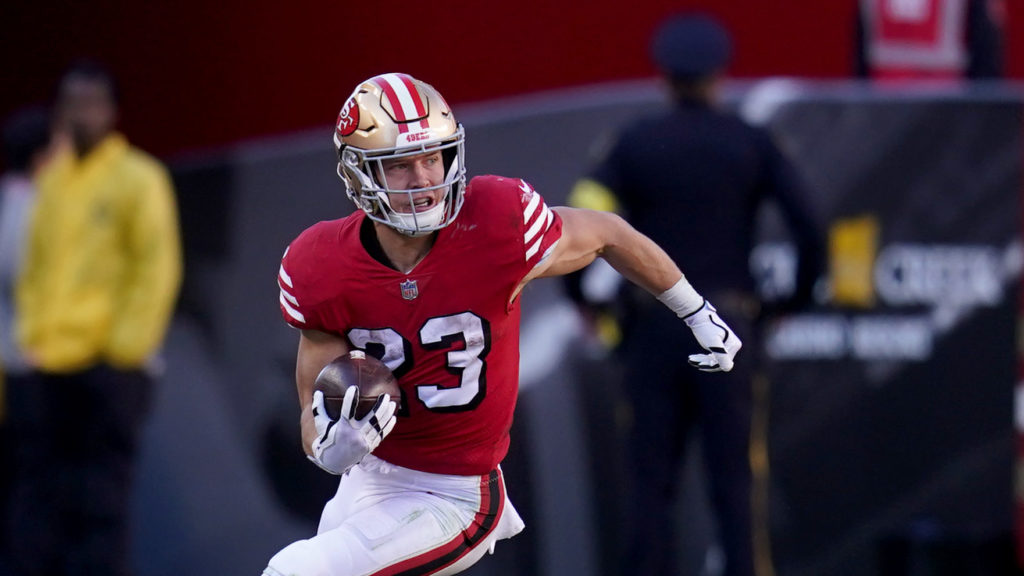
During the past two seasons, I’ve spent a decent chunk of time writing weekly articles covering the running back position. That also seeps into the offseason, hence several columns covering the 2023 running back prospects, high-value touches and running back advanced stats.
Another concept I stumbled upon related to small and big gap running backs. So let’s look at a team’s running backs and whether the top two in average draft position (ADP) had a small or big gap. A big ADP gap means a difference of 98.5 or higher. A small ADP gap is smaller than 98.5.
We’ll look through that research to see if we can apply it to 2023. It can help us identify potential running back values and traps to target and avoid.
Process, Results
We took the ADP data from the Fantasy Football Player’s Championship (FFPC) best ball leagues during the past two seasons. While looking at the top two running backs drafted on their respective teams, we filtered by an ADP difference that met the small and big gap thresholds.
Then, we included the player’s ADP, average fantasy points per game (PPR/G) and win rates because the data comes from best ball ADP.
We’ll refer to the team’s first big gap running back as B1 and the second as B2.
In 2022, we had 18 teams with a big gap running back averaging 15.3 PPR/G and an above-average win rate. Last year, the average win rate sat at 8.3 percent. The table below shows the 2022 data.
Some of the big gap running backs who smashed included Christian McCaffrey, Austin Ekeler, Saquon Barkley, Leonard Fournette and Josh Jacobs. Elijah Mitchell finished as the worst B1 running back, only averaging 6.5 PPR/G. The latest B1 back that hit was rookie Dameon Pierce, with an ADP of 137.2. Every other B1 back went inside the top 60 picks.
Almost every B1 back produced well from a PPR/G standpoint. Jamaal Williams remained the lone B2 running back who averaged double-digit PPR/G. Among B2 backs, Rachaad White (9 PPR/G) and D’Onta Foreman scored more than 120 total fantasy points, with a double-digit win rate.
Small Gap RBs in 2022
Historically, targeting the S2 back produced above-average win rates, though they scored and averaged fewer fantasy points. That means it’s typically a winning strategy to target the second running back on their respective team with a small gap in their ADP.
A major hit in 2022 included Rhamondre Stevenson (15 PPR/G), with a 16.5 percent win rate. Tony Pollard also bested all S2 backs in total and average PPR/G with a massive 19.6 percent win rate due to Ezekiel Elliott’s inefficiencies.
Among small gap backs drafted in the top 100 picks, AJ Dillon, Kareem Hunt and Rashaad Penny underperformed as S2 backs. In the later rounds, Ronald Jones became the worst S2 back, averaging 1.1 PPR/G. Raheem Mostert and Tyler Allgeier hit above-average win rates. If we hit on the correct S2 backs, it gives us an edge, and we’ll cover that in the future.
Reflecting On 2021
Compared with 2021, last season showed more balance with big and small gap running backs. We had 23 big gap backs (71.9 percent) with nine small gap ones. That’s more than a 15 percentage point decline in 2022 vs. 2021.
As seen below, the S2 backs produced the better win rates, though B1 and S1 backs still averaged more fantasy points.
Mike Davis and David Johnson looked like the biggest busts amongst B1 backs, though Davis cost more via ADP. We could toss out Cam Akers and Mostert due to injuries in 2021. On a positive note, Joe Mixon, Ekeler and Najee Harris produced massive win rates.
In 2021, Penny met expectations as a rusher with a dominant run because of Chris Carson’s injury.
When looking at the B2 backs, it raised some forgotten names that produced double-digit PPR/G. That includes Darrel Williams, Sony Michel, J.D. McKissic and Devontae Booker. We also had notables in Pollard and Stevenson that carried that into 2023.
Small Gap RB Hits in 2021
The Baltimore Ravens had a brutal time in 2021, with J.K. Dobbins and Gus Edwards suffering injuries. Their zeroes had an impact on the averages. An aging Devonta Freeman and Latavius Murray shouldered the load that year.
Fournette stood out with the highest win rate (15.7 percent) and fantasy points with an ADP in the middle rounds (93.3) among S1 backs. Outside of the Ravens’ running backs, Zack Moss wasn’t worth it as an S1 back with a below-average 6.6 percent win rate. Looking back, we should’ve avoided a back like Moss based on historical data.
James Conner smashed as an S2 running back going after Chase Edmonds. Conner boasted a 15.6 percent win rate, the best among S2 backs in 2021. Though Hunt averaged the second-most PPR/G among S2 backs, it came with a below-average win rate (6.4 percent).
Gordon, Dillon and Singletary were the best selections besides Conner, with win rates more than one percentage point higher than the average.
Final Thoughts
Theoretically, we should have a similar distribution of small (14) and big gap (18) running backs like in 2022. The early Underdog ADP data aligns with that hypothesis with 19 big gap backfields and 15 small gap ones.
Last season, selecting the correct B1 backs led to fruitful fantasy numbers and win rates. Pollard and Chubb go as B1 backs after sharing a backfield with a B2 running back.
From a small gap running back standpoint, many of the usual suspects have their top two running backs close in ADP, including the Bills, Bears, Lions and Seahawks.
Hitting on the S2 back led to quality win rates but fewer PPR/G and total fantasy points. We’ll break down several of these backfields in future articles using the small and big gap running back data to help inform our decisions in 2023.
Follow The 33rd Team Podcast Network on Spotify and Apple Podcasts.


